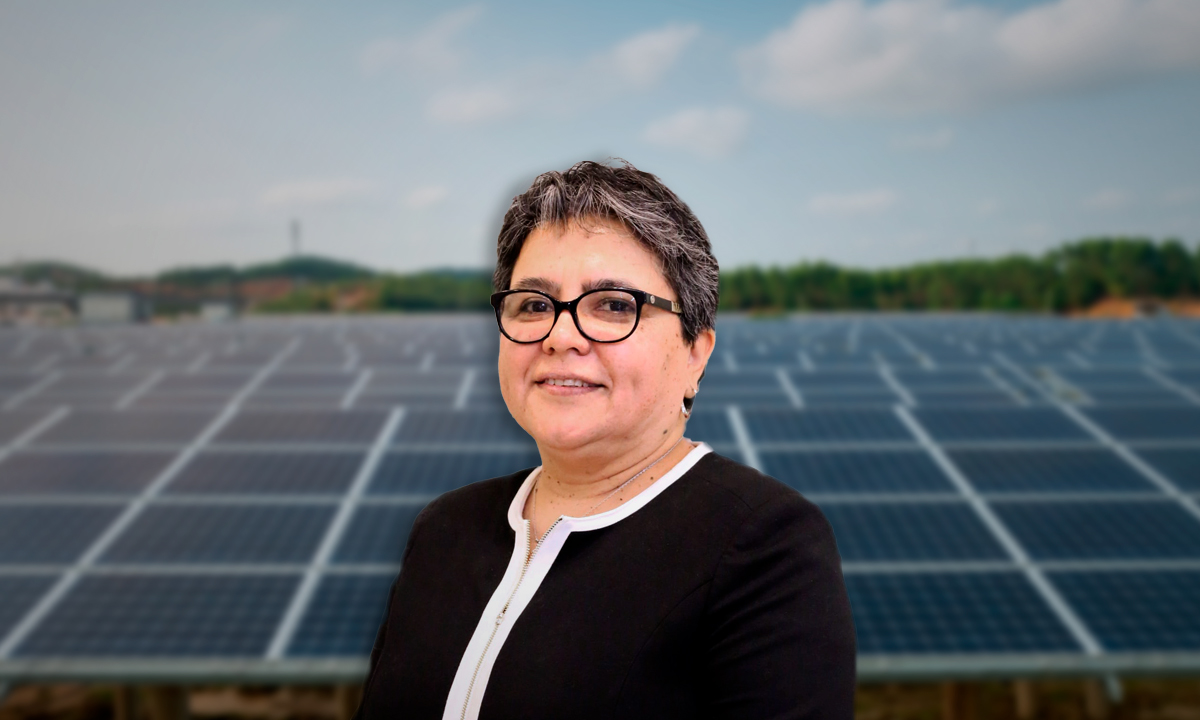African experts reflect on response to COVID-19

On March 11, 2020, just a few months after the SARS-CoV-2 coronavirus was first detected in China, the World Health Organization declared COVID-19 a Public Health Emergency of International Concern. In the next two years, the COVID-19 virus will spread 500 million people It will end the lives of more than 6 million people around the world. Governments imposed strict lockdowns with stay-at-home orders that brought the global economy to a standstill.
Currently, most of the world is returning to work. The Conversation Africa spoke to public health experts who live in Kenya, Nigeria and South Africa to learn about the most important lessons learned so far. Recurring themes are those that talk about breaking boundaries: sharing, connecting, and appreciating people equally.
early days
Catherine Kyubutunji, Kenya
After the first cases were confirmed, most countries followed similar measures, including lockdown, social distancing and hand hygiene. After a few months disagreements began to emerge. Countries like Uganda and Rwanda have taken a more focused approach to public health, focusing on trying to stop infection at all costs. Others like Kenya, which has taken a cheaper approach, have focused on minimizing the effects of the lockdown. Of course, Tanzania was playing in a league of its own when it suspended all recommended public health measures at the time.
Once disagreements arose, they were very noticeable and often led to misunderstandings between countries. For example, while Uganda and Rwanda tested everyone arriving at their borders (mostly truck drivers) for several weeks, Kenya and Tanzania did not.
These differences are a symptom of a larger problem: the near-total absence of a common regional response to the epidemic. This was a global pandemic, but countries created individual responses, even in cases where a regional approach would be appropriate.
Michael Groome, South Africa
The COVID-19 pandemic has highlighted the importance of providing and sharing up-to-date data at the national and global levels.
When SARS-CoV-2 appeared, we didn’t have a lot of data on which to base clinical and public health decisions. This generated fear, uncertainty, and decisions that initially could not have been led by science. As the pandemic spread, more and more data became available, making decisions easier, as reliable scientific data was available to support those decisions.
I believe there is still room for improvement when it comes to critically assessing public health measures and their benefits in real time. Some measures introduced early, such as temperature monitoring, have proven ineffective in detecting infection, yet they continue to be used as part of the response.
The global nature of the epidemic
Catherine Kyubutunji, Kenya
The global power system has been steadfast in the midst of a once-in-a-lifetime pandemic. Countries focused on themselves, and even as they controlled the epidemic within their borders, they were unwilling to look outside and tackle the epidemic from a global point of view.
Despite strong pressure from civil society, many rich nations have rejected all calls for temporary intellectual property exemptions and voluntary technology transfers that would allow vaccines to be manufactured in more services and regions of the world.
Instead of dealing seriously with the vaccine supply problems that would have allowed the entire world to vaccinate quickly, these rich countries were more interested in preserving the vaccine. the current situationWho has the power, who has influence, who gives, who takes, who is the accomplice and the recipient of solidarity.
The fact that two years after the outbreak of the epidemic, the disparity between the North and the South and the unequal power structures in global health remain unchanged, remains a major cause for concern. This asymmetric system has failed to deal with the current pandemic and will struggle to deal with future pandemics and other global challenges such as climate change.
Michael Groome, South Africa
The benefits of global data sharing are becoming clear during this pandemic. A good example of this is the first data provided by South Africa at the end of 2021 on the intensity of the omicron variable. This was one of the busiest times of my life as in South Africa we faced a fourth wave of infection while answering countless questions from around the world about how the omicron wave is spreading in our country.
Our scientists were able to collaborate with the World Health Organization, public health institutions in many countries, and international media, allowing data to be shared quickly and helping other countries tackle the omicron wave. Lack of data sharing can hinder the ability to provide robust data to help take action.
Communication gaps
Catherine Kyubutunji, Kenya
Public health communications failed. Even in the face of an onslaught of misinformation and misinformation, government spokespeople have clung to old methods of delivering health messages. This allowed misinformation to take hold and it became difficult to convince the public because of the importance of certain actions and what each party should do.
The sudden influx of all kinds of information has created an environment in which complex concepts and knowledge that have traditionally been the domain of academics and other experts have become commonplace, and are thus vulnerable to serious misinterpretation. Public health communication has failed to respond adequately to this challenge.
They also failed to adequately communicate information such as where to test, where to vaccinate, and where to report vaccine side effects. Many people who were willing to get vaccinated had to look for information about where to get their dose of the vaccine. This shows that we need to do more as a community of public health professionals to communicate effectively now and in the future.
Michael Groome, South Africa
The COVID-19 pandemic has also made us see the need for transparency, both internationally and domestically, and in dealing with academics, health professionals and the public.
Scientific terms and findings are no longer restricted to scientists and academics, but are readily available to the general public. However, misinformation and conspiracy theories about COVID-19 may end up having more power.
As scientists, we need to ensure that information is shared in a way that is easy to understand, that epidemiological terminology is properly interpreted, and the rationale for public health decisions is clarified. The lack of transparency and misinformation led to citizens’ distrust of government decisions and unacceptability of public health interventions.
Scientists, health professionals and politicians also need to be aware of uncertainty when it exists and quickly address any misconceptions to ensure credibility and trust.
Conclusions
Catherine Kyubutunji, Kenya
Countries moved quickly and most African countries depended on them WHO guidelines. These indicators have been prepared by large teams of experts. Since African countries do not always have such a wide range of experts, they relied on some very good guidelines and then used their experts to adopt and improve it.
Doyin Odubanjo, Nigeria
The health workforce in Nigeria, and thus Africa, must be seen as critical to national development, and better strategies must be put in place to retain it. Better social benefit packages for health workers should be provided. Even countries with better health workforce relative to population ratios were easily overwhelmed and will now renovate or strengthen their health systems by relying on undervalued labor from places like Africa. We must fight it.
It is time to build strategically and create solid systems that also generate the confidence of the residents.
Article translated by Miriam Ojeda Cabrera for Africa House.

“Award-winning zombie scholar. Music practitioner. Food expert. Troublemaker.”









